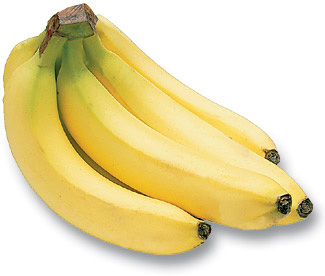 10 Reasons to Eat Fruits
10 Reasons to Eat Fruits
Fruit consists for the largest part of water
Just like the human body does. If you think about it, it's logical to consume food that contains as much water as your body does...
Fruit Is 100% Bad-Cholesterol Free
No doubt about this reason. Too much cholesterol is not good for our bodies and fruit doesn't contain much cholesterol. Animal products like meat and dairy contain a lot of cholesterol...
Fruit Stimulates Our Memories
If you didn't know yet: fruit is the ultimate brain fuel. Fruit has a positive effect on our brains and makes you recall information easier and faster...
Fruit Makes You Feel Better
Several stories have told us about people that were frequently depressed and how they got out of their depression slowly but surely after consuming substantial amounts of fresh fruit on a regular basis. Eating a lot of fruit can have a mysterious healing effect on human beings...
The Miraculous Healing Effects Of Fruit
Spectacular stories about people that cured from cancer by a strict diet of raw fruits and/or vegetables are well known but do we want tobelieve them? We still don't know that much about fruit and its contents...
Ethical Reasons To Eat Fruit
Fruit doesn't have to be killed and slaughtered before you can eat it. The fruits are just hanging there waiting to be picked by you...
Fruit is not expensive at all
Did you always think that fruit is an expensive product? Take a good look at how much money you spend on other food. It could be worth something to replace some of those expenses with fruit...
Fibers
We do know now that a diet with plenty of fibers helps against corpulence, high blood pressure, and other factors that increase the chance for a heart disease. The food that
contains these healthy (natural) fibers is.... right: FRUIT!
Fruit
Is The Most Natural Food Fruit is food that has been made by plants to be eaten by animals and humans in order to spread its seeds...
The Human Diet
Here at The Fruit Pages we are convinced that a good human diet should consist of freshly squeezed fruit juices, bread, vegetables and some water. Since it is hard for the average homo sapiens to conform him or herself to such a severe diet, we suggest that one starts by eating five to nine pieces of fruit a day...
Have 5 pieces of fruit a day






